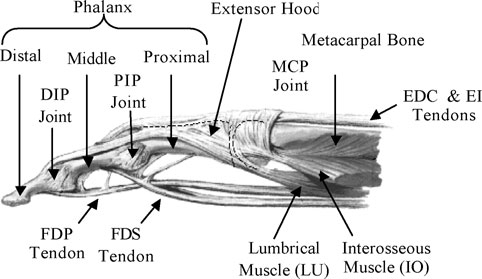You’ve FOOSHed before and probably didn’t even realize you were doing it! In my world this stands for one of the most common events which result in injuries to the hand, wrist and arm. It’s a natural reflex to protect your head and face!
- Fall
- On an
- Out-
- Stretched
- Hand
We have all done it and thankfully we are usually able to protect ourselves without significant injury. Occasionally the FOOSHer ends up sacrificing certain body parts to protect other parts. Such falls can result in sprains, breaks and dislocations… A significant portion of upper extremity Orthopedic trauma and reconstruction can be traced to such injuries! Thought I’d introduce the subject and branch out to talk about specific fractures and dislocations of the wrist. I think we’ll start with Scaphoid fractures (one of the bones of the wrist, also known as the carpal navicular)…. easy to break and sometimes slow to heal! …then perhaps move on to even more complicated injuries of the wrist such as this extreme FOOSH!. – Greg Balourdas, MD
Also find me on Facebook: The Hand Doctor – Greg M. Balourdas, MD and my office site.
